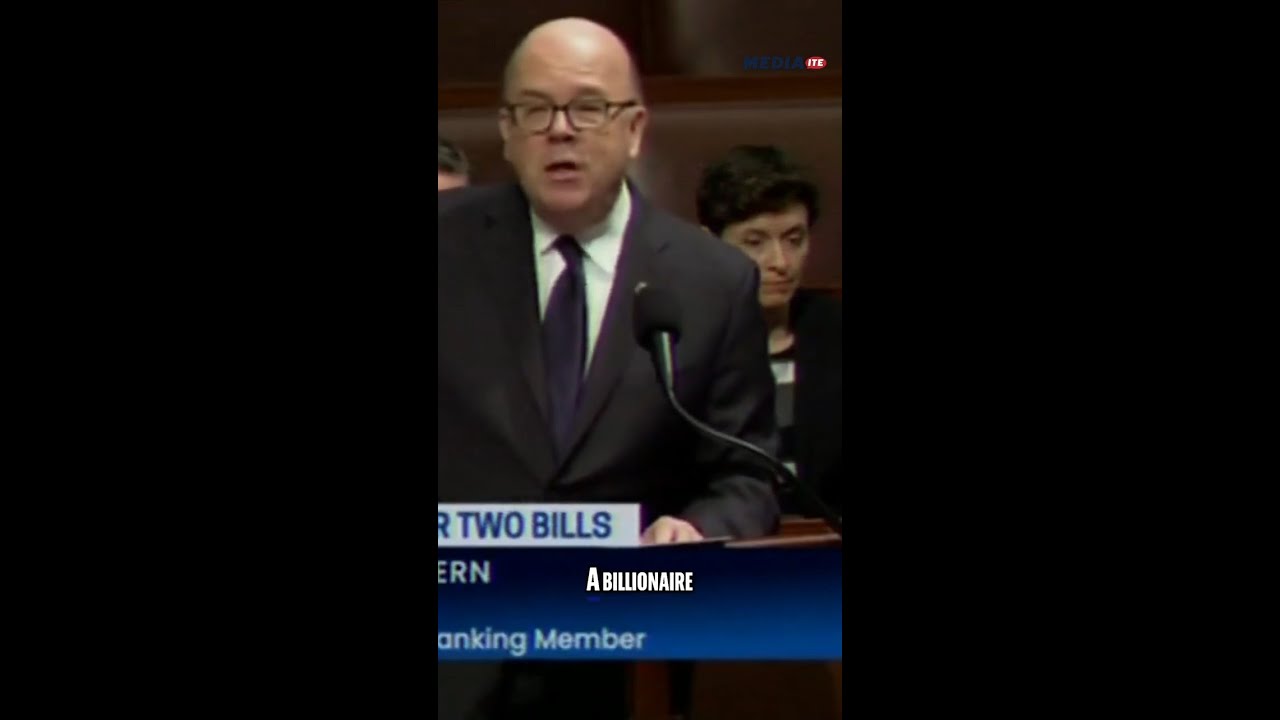The New York Times Just Auctioned Off an NFT of a Story About NFTs For More Than $500K
Ina Fassbender/Getty Images
New York Times tech columnist Kevin Roose wrote a story about NFTs, which he then turned into an NFT, which then sold for $560,000 in a charity auction.
Roose’s piece, Buy This Column on the Blockchain!, ran on Wednesday. It simultaneously explained what an NFT is while also being an NFT itself – the first article in the newspaper’s history to be distributed as an NFT, Roose noted.
“I’ve decided to enter the freewheeling world of nonfungible tokens, or NFTs, the newest frontier in the cryptocurrency gold rush,” Roose wrote. “This is my first experiment – a column about NFTs that is, itself, being turned into an NFT and put up for auction.”
By midday Thursday, the NFT had sold for 350 ETH (or ether, the Ethereum cryptocurrency), which amounts to roughly $560,000. The NFT marketplace Foundation hosted the auction, and proceeds will go to the Times’ Neediest Cases Fund.
Roose went on to explain just what, exactly, is an NFT.
“An NFT, in layman’s terms, is a new kind of digital collectible item that is stamped with a unique bit of code that serves as a permanent record of its authenticity and is stored on a blockchain, the distributed ledger system that underlies Bitcoin and other cryptocurrencies,” Roose wrote. “These collectibles can be bought and sold like trading cards, and the nature of blockchain technology means that once a token is created, it can’t be deleted or counterfeited. That makes it useful for artists, musicians and others who want to create limited edition digital goods.”
Roose’s NFT column itself is essentially a how-to for people looking to get in the NFT game. He explains, step-by-step, what he needed to do in order to create the NFT, list it for sale, and then transfer the NFT to the purchaser. Roose noted that he needed to convert the proceeds to dollars, as the Neediest Cases Fund doesn’t accept cryptocurrency transfers, which made the buyer’s purchase not tax-deductible.
According to Roose, owning the Times’ first NFT could potentially be extremely valuable.
“The biggest perk of all, of course, is owning a piece of history,” Roose wrote. “This is the first article in the almost 170-year history of The Times to be distributed as an NFT, and if this technology proves to be as transformational as its fans predict, owning it might be tantamount to owning NBC’s first TV broadcast or AOL’s first email address.”
However, as Roose acknowledged, it may be too soon to tell just where this whole NFT thing will end up.
“NFTs could turn out to be a passing fad that is feeding a speculative bubble – the digital equivalent of Beanie Babies – and your investment could turn out to be worthless,” Roose wrote.
“It’s easy to be skeptical of NFTs,” Roose added. “But I’m cautiously optimistic about them, for the simple reason that they represent a new way for creative people to eke out a living on the internet.”






